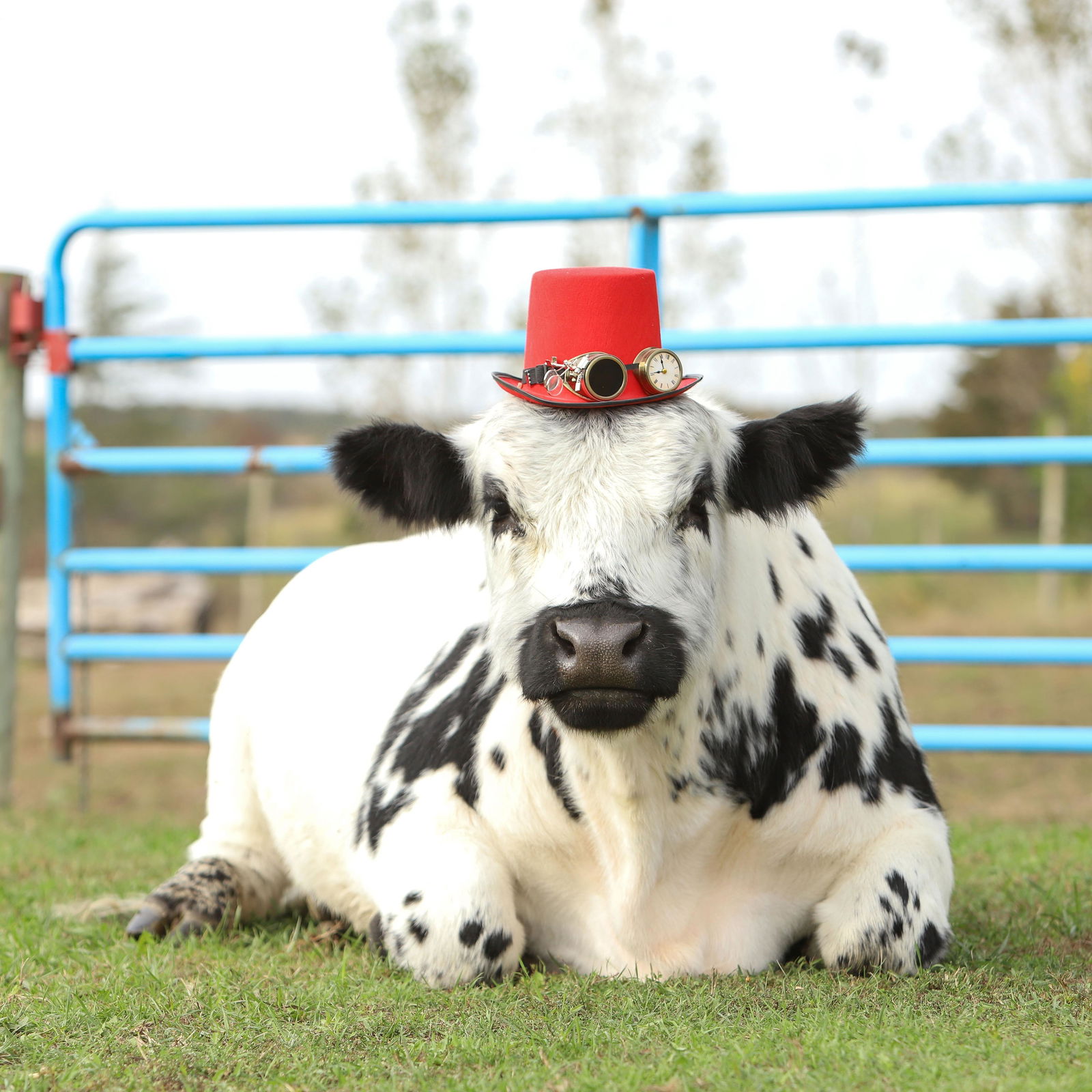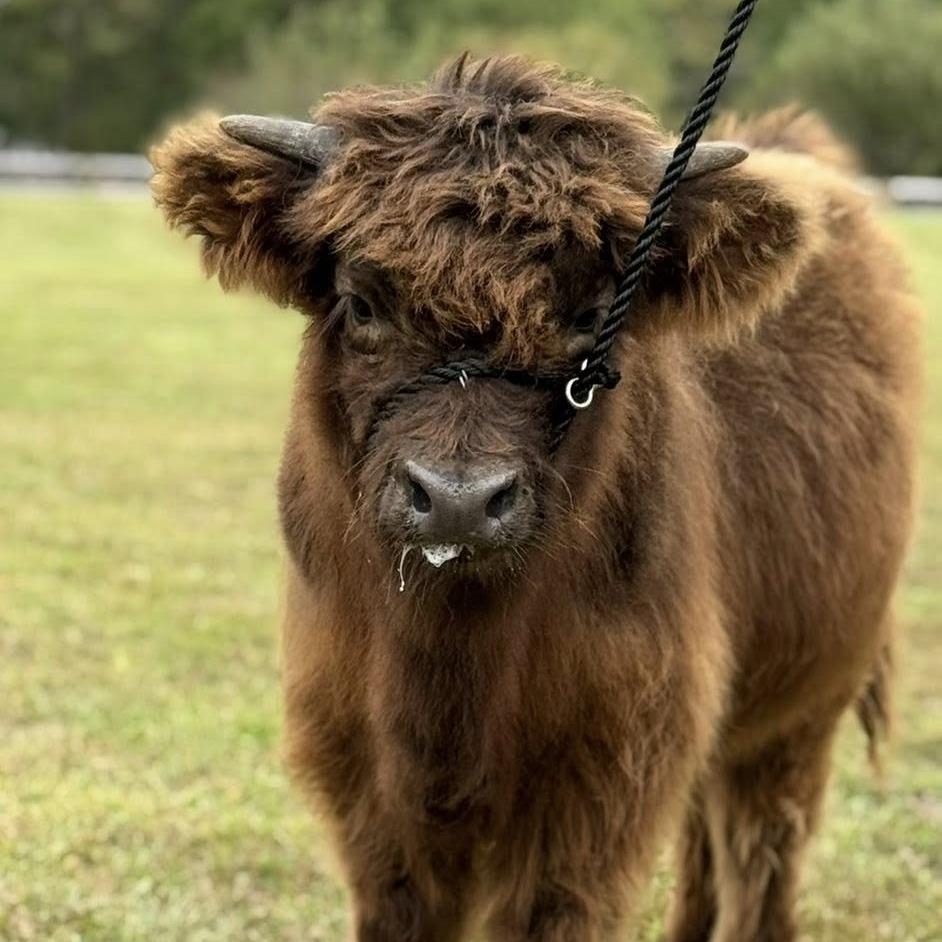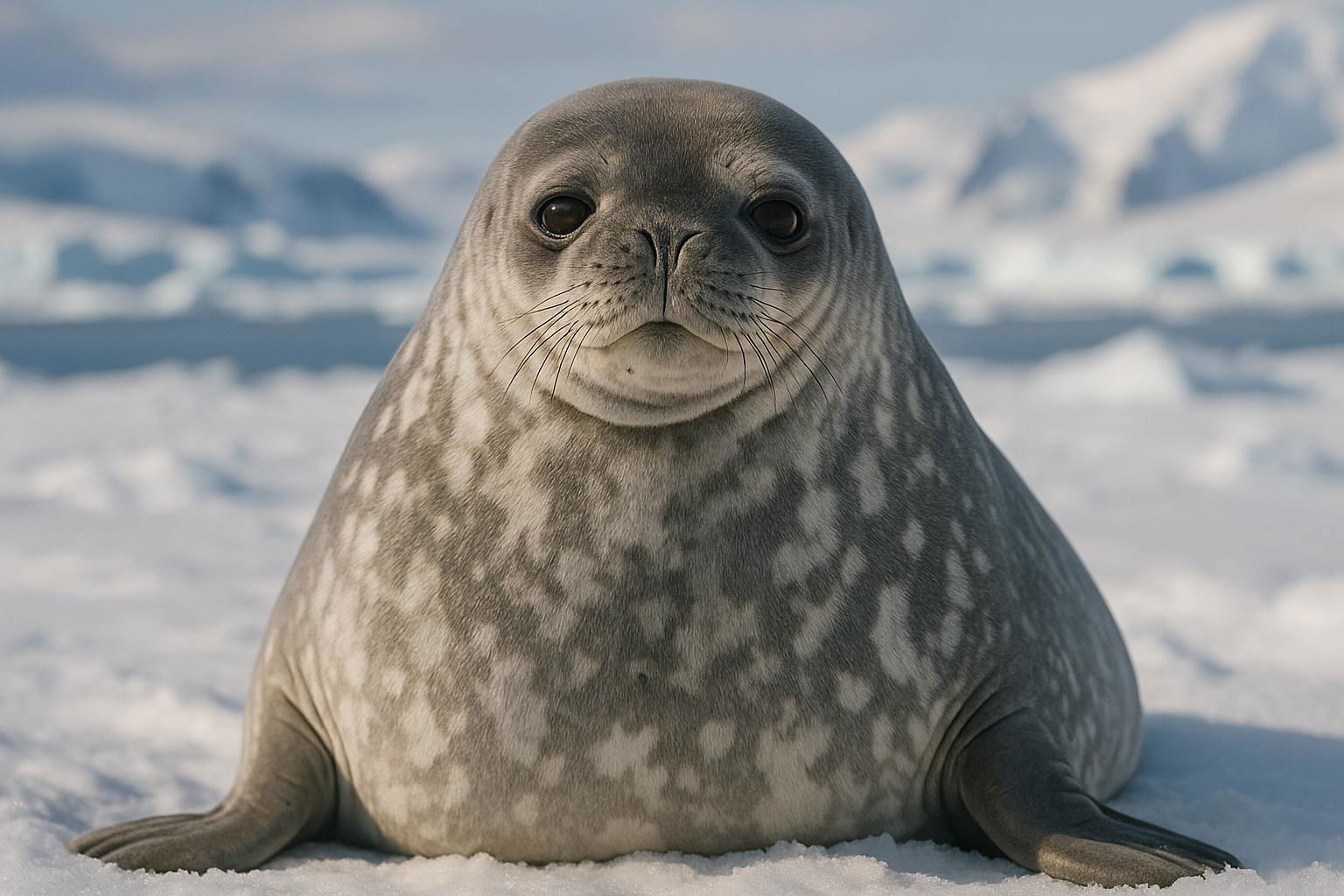
Weddell Seal
Leptonychotes weddellii
The Weddell seal (Leptonychotes weddellii) is a robust and versatile marine mammal that resides predominantly around the Antarctic and sub-Antarctic waters. As one of the southernmost breeding mammals, it has adapted remarkably to the icy environment. Adult Weddell seals are easily identified by their sleek, torpedo-shaped bodies covered with a mottled gray coat, although some individuals exhibit more of a brownish or silver hue. Typically, they range from 2.5 to 3.5 meters (8.2 to 11.5 feet) in length and can weigh between 400 to 600 kilograms (880 to 1,320 pounds).
Weddell seals are well adapted for their life in the cold Southern Ocean, boasting a thick layer of blubber for insulation and a unique ability to dive to depths over 600 meters (approximately 2,000 feet) and hold their breath for over an hour. This incredible diving capability allows them to forage for an array of prey, such as fish, squid, and crustaceans, beneath the thick sea ice.
Social and inquisitive, Weddell seals are often seen lounging on ice floes or resting on shorelines. Known for their vocalizations, they produce a complex array of underwater calls during the breeding season, which are thought to play a role in mate attraction and territorial displays. Their ability to maintain breathing holes in the ice by gnawing at them with their strong teeth is a crucial survival behavior, enabling them to breathe when distant from open water.
Weddell seals live in large colonies during the breeding season, yet they can also be seen alone or in smaller groups outside of this time. These seals are a symbol of Antarctic wildlife resilience, embodying an incredible level of adaptation and survival skill in one of the planet's harshest climates.

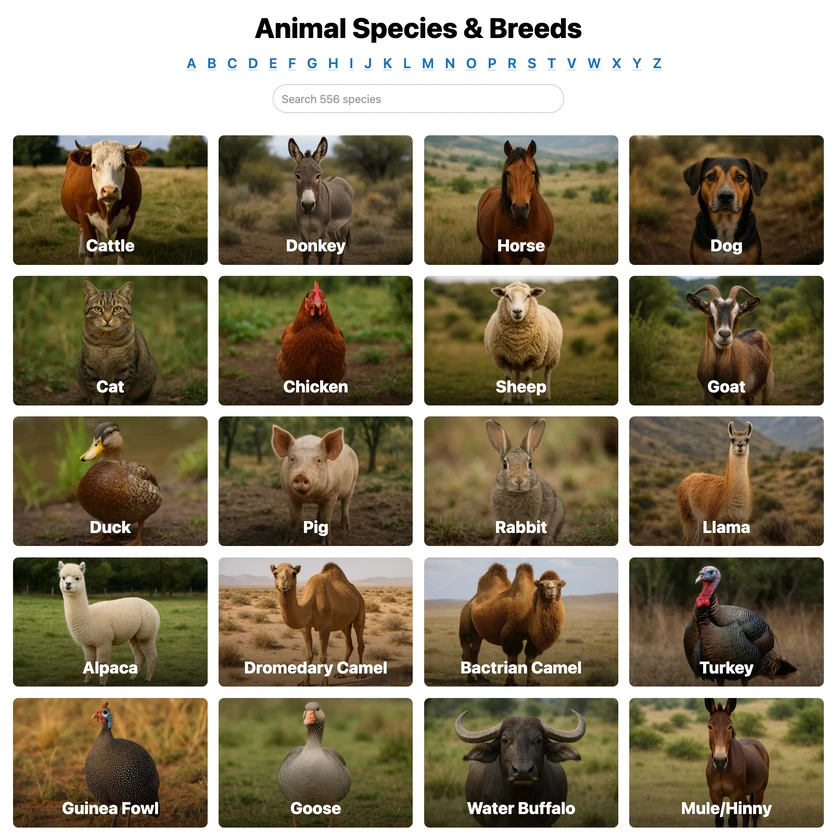 All Species & Breeds
All Species & Breeds
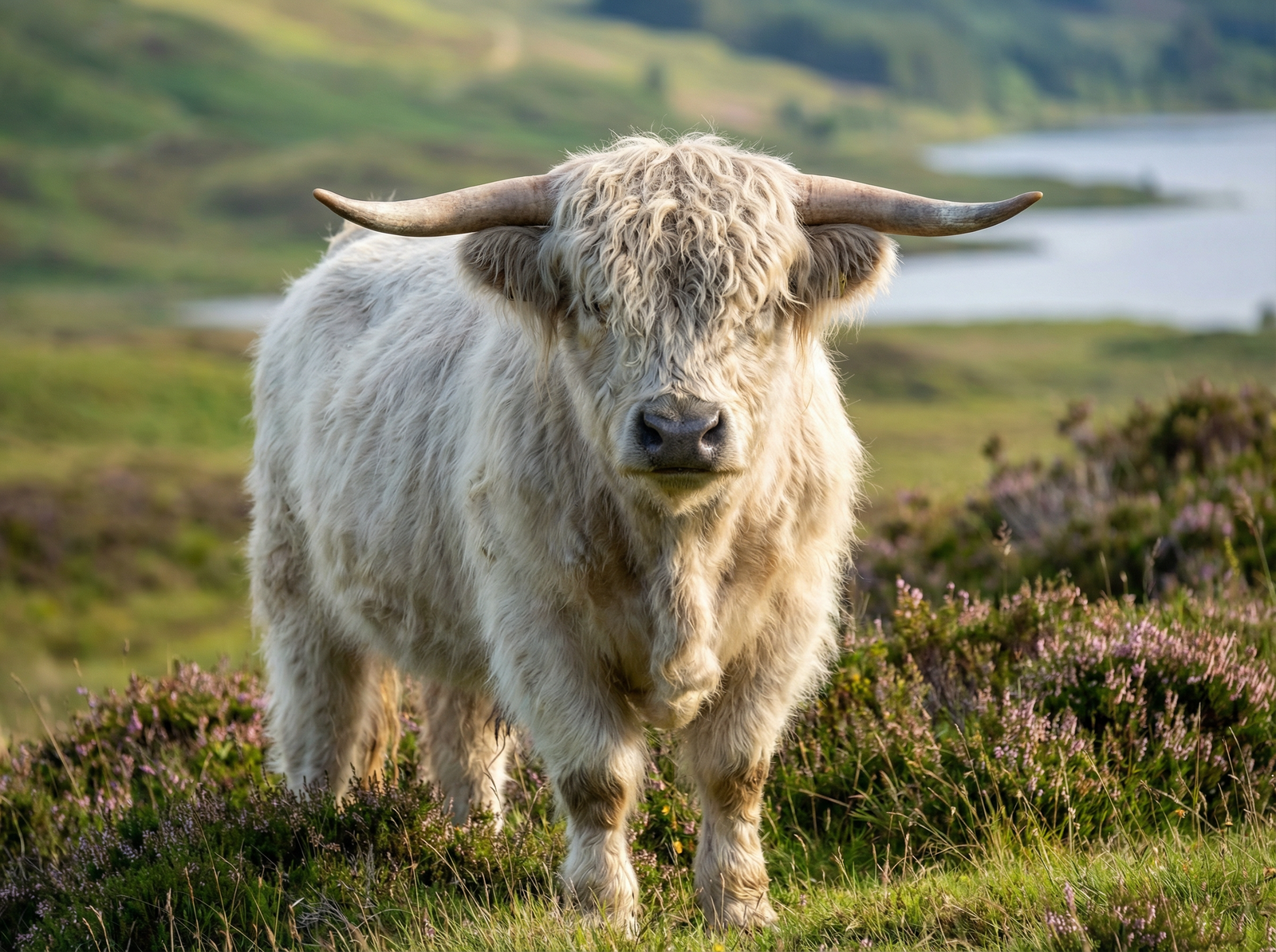 Highland Cattle
Highland Cattle
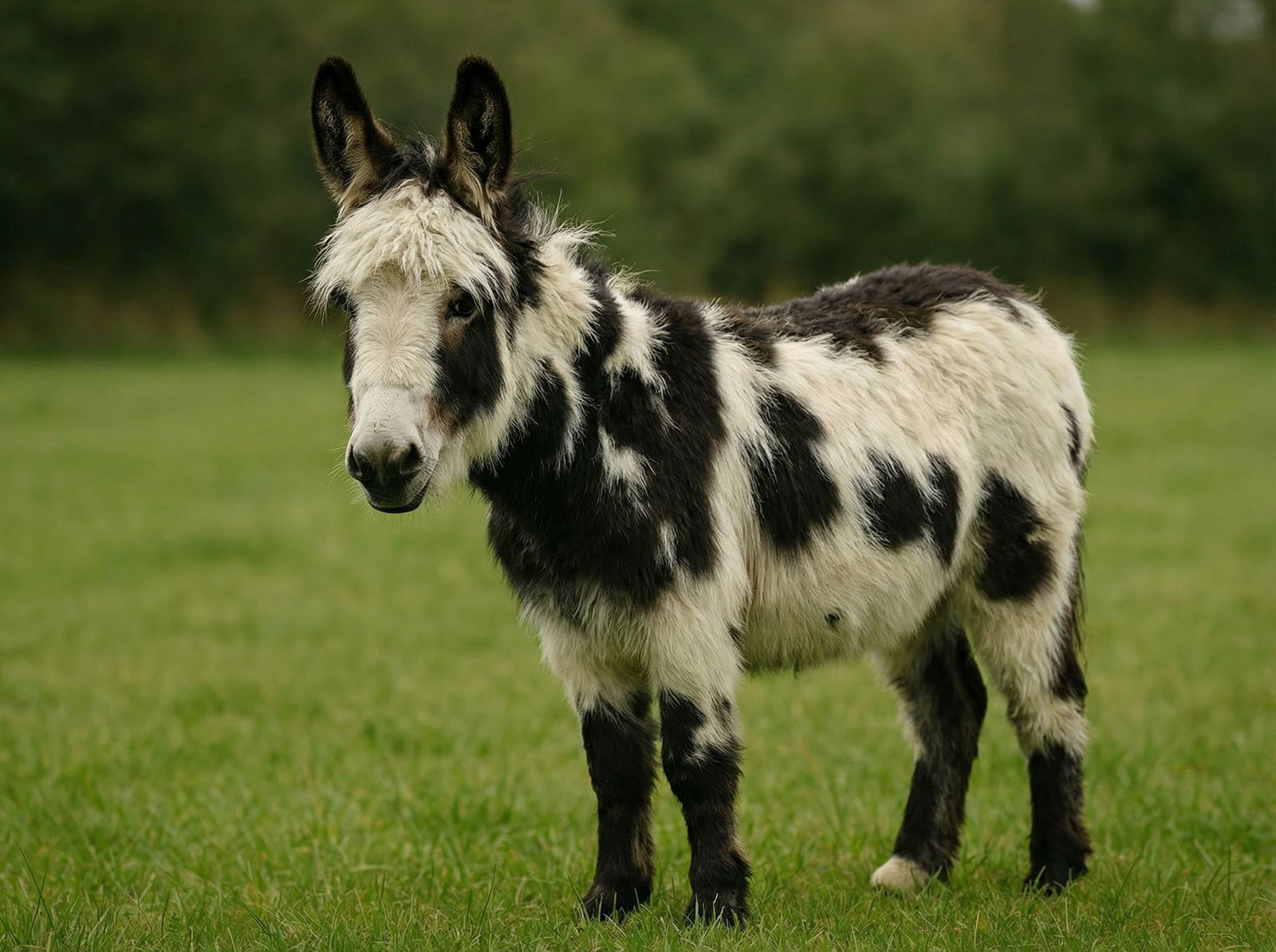 Miniature Donkeys
Miniature Donkeys
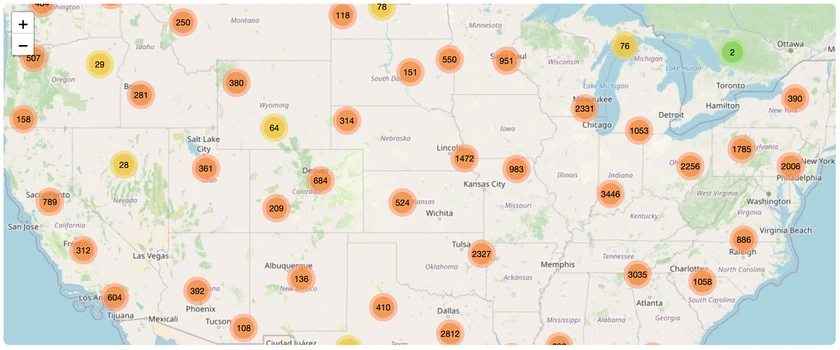 All Species Directory
All Species Directory
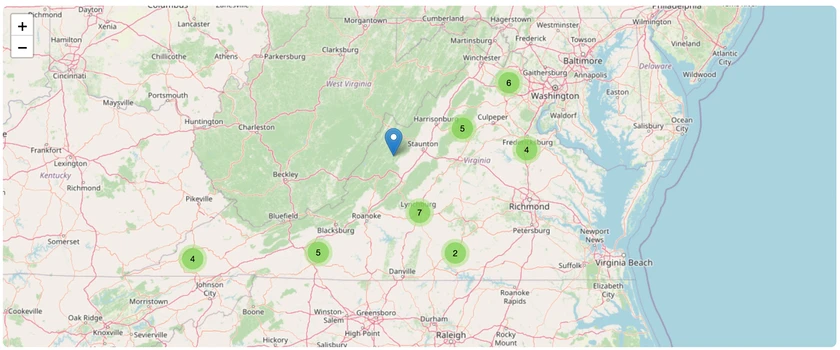 Highland Cattle in Virginia
Highland Cattle in Virginia
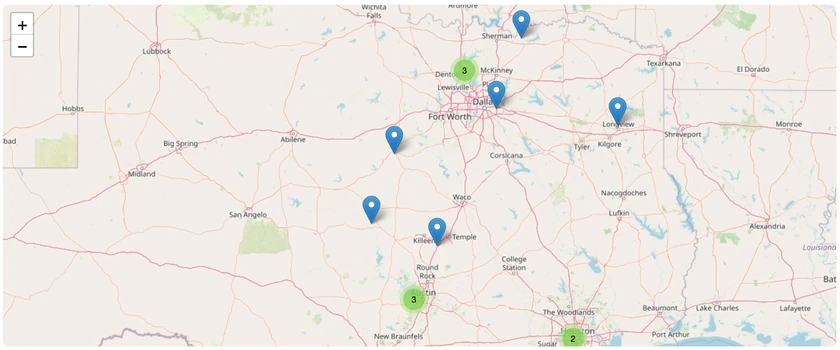 Miniature Donkeys in Texas
Miniature Donkeys in Texas

